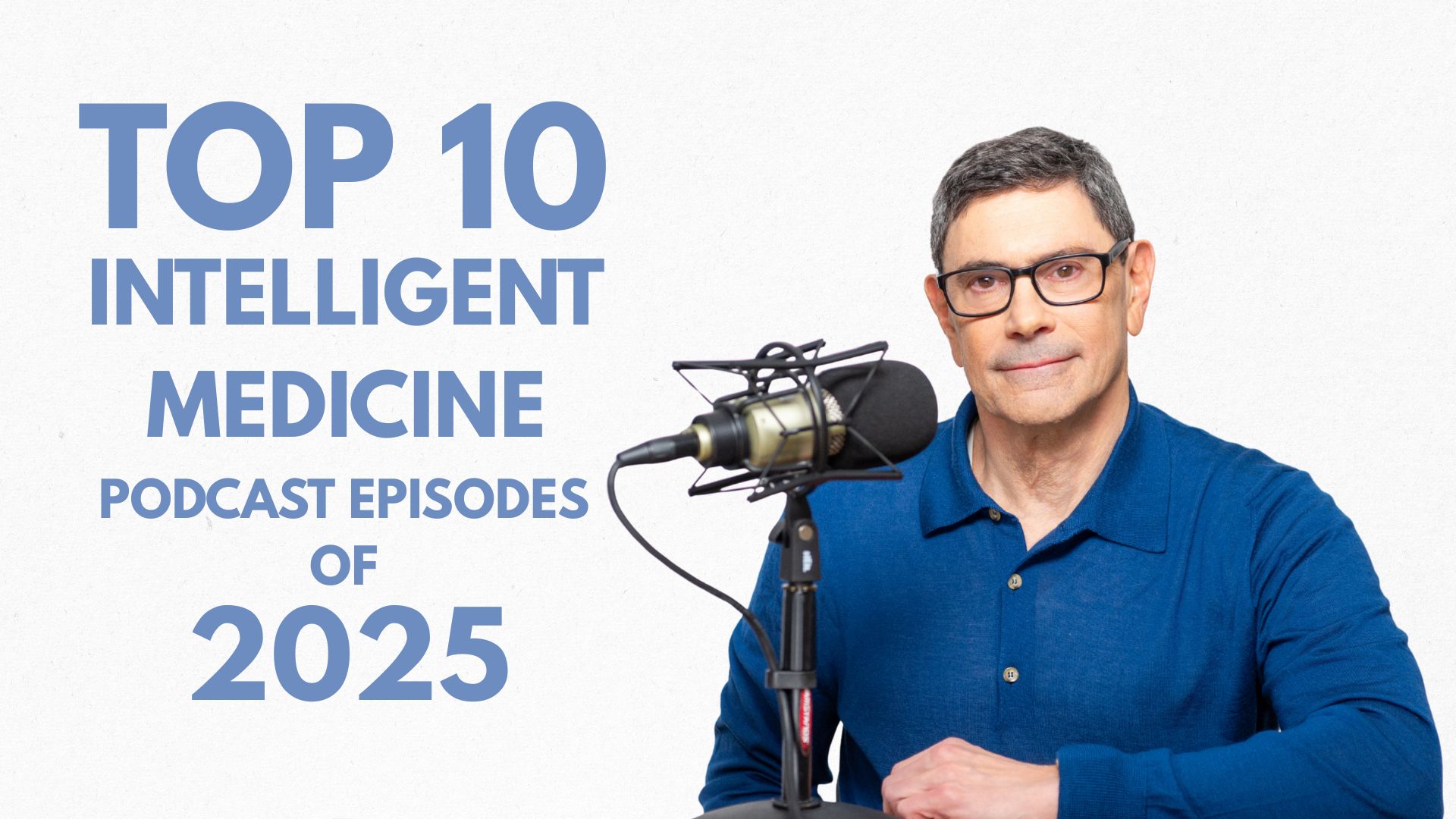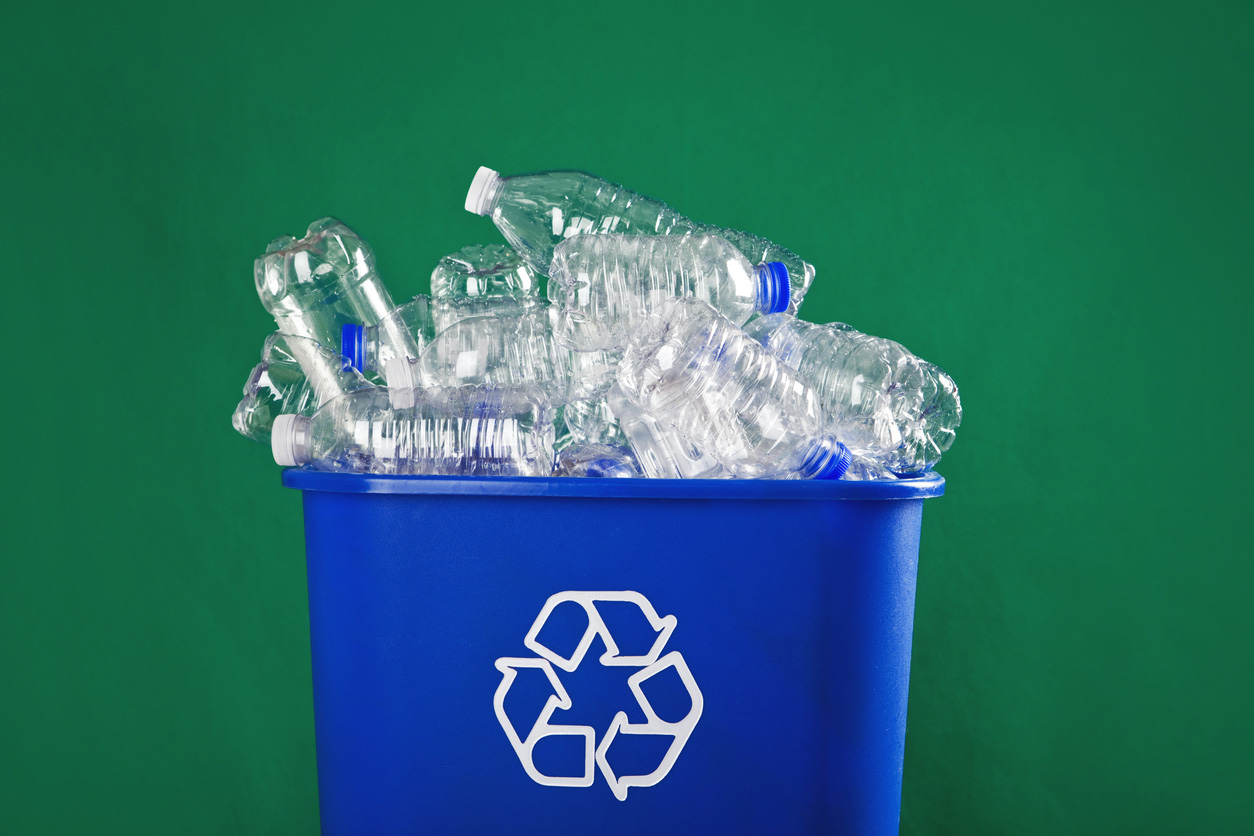While aboard a dive boat on a recent trip to Turks and Caicos, I made small talk with the father of some teenagers who were getting their scuba certifications.
“Lots of delays at the airport,” I ventured. “Must be spring vacation.”
“Oh, we didn’t have any problems. We flew private. Just me and my wife and kids.”
Taking that in, I inquired after a while:
“So, what line of work are you in?”
“Plastic manufacturing,” he replied.
“Plastics, my boy, plastics,” I kidded.
“Right.” He was probably tired of hearing that line from The Graduate.
Trying to be tactful, I said: “You sure picked the right gig! But isn’t there some pressure on you guys lately with all the talk about plastic pollution?”
“No problem,” he said. “We do a lot of recycling.”
We were on vacation. I decided not to press the issue.
But there IS a problem, a huge problem, and recycling is just an attempt to greenwash a looming environmental catastrophe.
A recent article in MIT Technology Review (“Think that your plastic is being recycled? Think again”) highlights the issue:
“ . . . most of the plastic we make, 72%, ends up in landfills or the environment, according to a 2022 report from the Organisation for Economic Co-operation and Development. Only 9% of the plastic ever produced has been recycled, and 19% has been incinerated. Some of it reaches the sea; estimates suggest that between 8 million and 11 million tons of plastic waste enter the ocean each year. According to the National Academy of Sciences, that’s the equivalent of dumping a garbage truck of plastic into the ocean every minute.”
And if you think bans on plastic straws or single-use disposable shopping bags are making a dent, consider this:
“Plastic production has grown dramatically in recent years; in fact, half of all plastics in existence have been produced in just the last two decades. Production is projected to continue growing, at about 5% annually. If current trends continue, humans will have produced 34 billion tons of plastics by 2050—three times the current total.”
Like many of you, I conscientiously wash used plastic containers and packaging and dispose of them in recycling with the misguided faith that they’ll be reincarnated as car bumpers or high-tech athleisure wear.
But a recent exposé from The Center for Climate Integrity reveals:
“Behind the plastic waste crisis is a decades-long campaign of fraud and deception created and perpetuated by fossil fuel and other petrochemical companies. Despite knowing decades ago that plastic recycling is neither technically or economically viable, these companies, along with their trade groups, still falsely promote recycling as a solution to plastic waste. This deception has protected and expanded plastic markets while stalling meaningful action to tackle plastic waste and pollution.”
It would be bad enough if this were merely an aesthetic problem—an eyesore. Or, at worst, an occasional hazard to wildlife that get entangled with bags or choke on fragments. That’s a concern for me as a scuba diver—the ubiquity of microplastics in our oceans has even been implicated in coral bleaching. But rapidly emerging science is highlighting plastic pollution as an existential threat to the environment and human health.
Unlike wood, paper, and even to some extent metals—which have the capacity to dissipate via bio-degradation—plastics are forever. When dumped into landfills or waterways, they eventually break down through mechanical action into smaller and smaller particles. Some are visible and can be captured in strainers, even when no larger than grains of sand.
Until recently, that was thought to be the extent of it. But breakthroughs in imaging and detection have revealed that, because vast repositories of plastic waste are virtually invisible—microparticles—they are far more prevalent than once thought, and have the potential to become unique biohazards. Some recent findings:
-
- They’re in our drinking water: Using new ultra-sensitive dual laser microscopy, researchers probed samples of three common bottled water brands; they found particle levels of particles—invisible to the naked eye—ranging from 110,000 to 400,000 per liter, averaging at around 240,000, according to a study in Proceedings of the National Academy of Sciences.
-
- “Microplastics infiltrate all systems of body, cause behavioral changes” heralds a new paper. It has long been acknowledged that plastic microparticles ingested via the GI tract, or inhaled through the lungs, can lodge in internal organs, but the relatively impermeable blood-brain barrier would shield the central nervous system. Not!
-
- Indeed, they have been found on autopsy to be present to an alarming degree in human brain specimens.
-
- They contribute to atherosclerosis. An analysis of the gunk roto-rootered from diseased arteries indicates a significant presence of plastic microparticles: “In this study, patients with carotid artery plaque in which MNPs [micro- and nano-particles] were detected had a higher risk of a composite of myocardial infarction, stroke, or death from any cause at 34 months of follow-up than those in whom MNPs were not detected.”
-
- They’re already ubiquitous in our bloodstreams. Breakthroughs in detection have revealed their presence even among average healthy blood donors
-
- They’re so tiny that they’re airborne and can be inhaled. “Microplastics tended to collect in hot spots in the nasal cavity and oropharynx, or back of the throat,” according to a recent study. In the lungs, they can traverse the membranes of miniature air sacs, the alveoli, and enter the bloodstream.
-
- “Microplastics can accumulate in cancer cells and may help them spread.” Authors of a preclinical study conclude: “Our observations underscore the potential of MNPs as hidden catalysts for tumor progression, particularly through enhancing cell migration and possibly fueling metastasis.”
-
- They can affect pregnancy. They’ve been found in placentas, and a recent study has found that, “exposure to polystyrene micro- and nanoplastics throughout gestation results in fetal growth restriction . . . there was a significant effect on placental function with a 43% increase in umbilical artery blood flow in the polyethylene group compared to controls (p <0.01). These results suggest polyethylene has the potential to cause adverse pregnancy outcomes through abnormal placental function.”
It’s going to be a tough battle to overcome public complacency and the entrenched interests of the petroleum, plastics, farming, food and consumer products industries. Regulation will be hard to enact via legislatures on the take from the very industries they oversee. But the ultimate resolution may arrive via legal action. Some experts urge investors in plastic manufacturing to bake in a potential liability of billions of dollars: “The plastics sector could face $20bn in legal costs by 2030 in the US alone, yet investors in the industry are failing to properly measure its social and environmental risks,” according to a recent report. “By ignoring tightening regulation, rising litigation exposure and reputational risks, the investment environment appears at odds with reality.”
Change may be feasible. As feckless as the United Nations has proven in addressing other pressing world problems, they’ve inaugurated a plastic pollution campaign: “In 2022, UN Member States agreed on a resolution to create a legally binding agreement by 2024 to end plastic pollution. Critically, this includes measures along the entire life cycle of plastics, from product design to production and waste management.”
Like him or not on other policies, recently RFK Jr. propelled this under-publicized issue into the presidential campaign: “There are sensible ways to manage plastic production, replace single-use plastic items with more sustainable alternatives, and overhaul our waste and recycling infrastructure. Single-use plastics are typically used for only a few minutes but leave us with waste that lasts hundreds of years.”
Here’s his 10-point action plan.
One way or another, our plastics problem demands an urgent fix.







